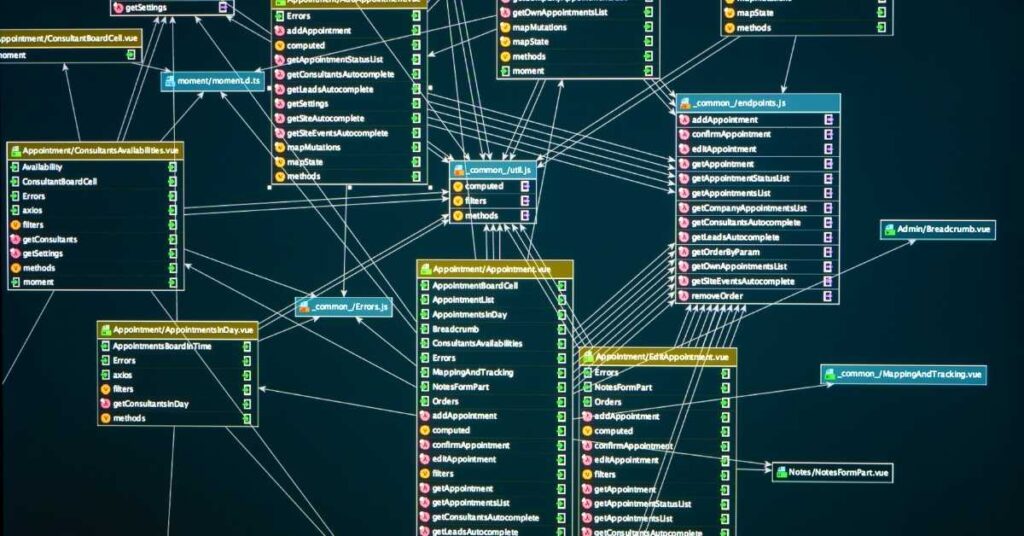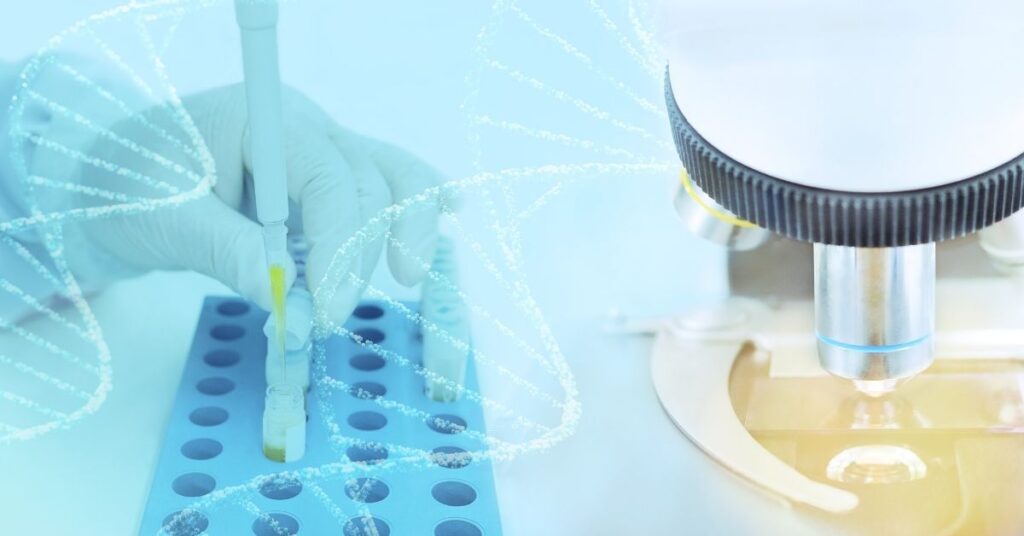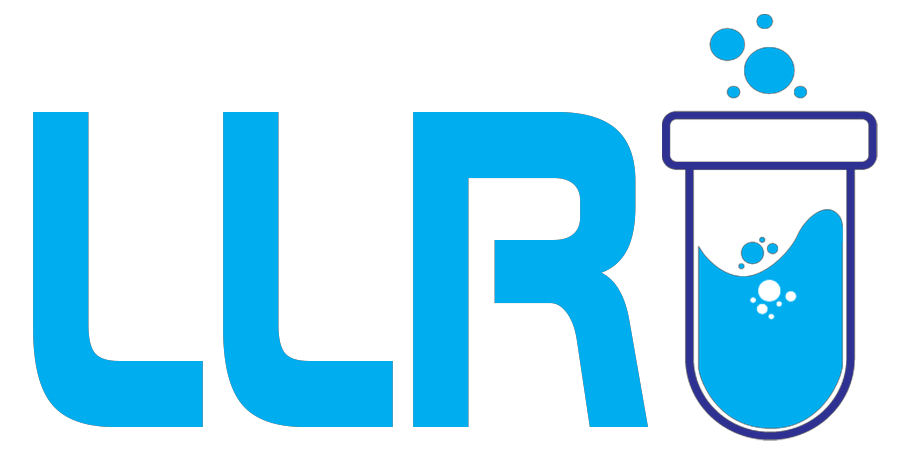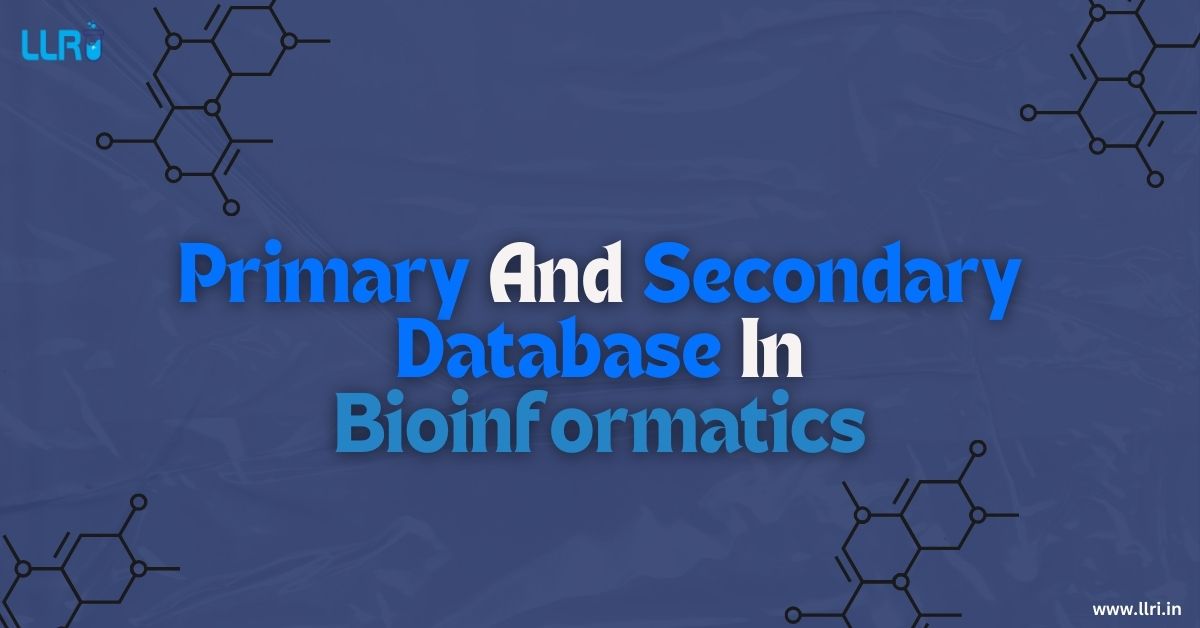Difference Between Primary And Secondary Database In Bioinformatics: The field of bioinformatics is vast – really vassst – and in there, databases play a very important role.
But do you know the difference between primary and secondary database in bioinformatics?
Now, let’s address the basics: what is database in bioinformatics? Simply put, it’s a structured collection of biological information that can be used for analysis, research, and discovery.
Bioinformatics databases are classified based on the type of data they store and their applications. This brings us to the classification of database in bioinformatics, which includes primary, secondary, and specialized databases.
What Is A Primary Database In Bioinformatics?
A primary database in bioinformatics is a repository that stores raw data generated through experimental methods. These databases are original and unprocessed, making them the foundation for most bioinformatics research.
Examples of Primary Databases:
- GenBank (nucleotide sequences)
- Protein Data Bank (PDB) (protein structures)
- EMBL-EBI (European Nucleotide Archive)

What Is A Secondary Database In Bioinformatics?
On the other hand, a secondary database in bioinformatics derives information by analyzing, annotating, or curating data from primary databases. These databases focus on processed data, such as protein family alignments, motifs, or pathways.
Examples of Secondary Databases:
- UniProt (protein sequences and functional information)
- Pfam (protein families)
- PROSITE (protein domains and motifs)
Classification of Database in Bioinformatics
The classification of database in bioinformatics is integral to understanding how biological data is organized and utilized. Broadly, databases are categorized into:
- Primary databases: These databases store raw, unprocessed data that originates from experimental methods. For instance, nucleotide sequences, protein structures, and genomic data are stored here. Examples include GenBank, Protein Data Bank (PDB), and EMBL-EBI.
- Secondary databases: Derived from primary data, secondary databases focus on processed or interpreted data, such as annotations, motifs, or protein families. Examples include UniProt, Pfam, and PROSITE.
- Specialized databases: These databases are tailored to specific areas of research, such as metabolic pathways, drug interactions, or phylogenetic trees. Examples include KEGG (Kyoto Encyclopedia of Genes and Genomes) and Reactome.
Databases are further classified based on their content and purpose.
- Sequence Databases: These include repositories like GenBank for nucleotide sequences and UniProt for protein sequences.
- Structure Databases: These focus on three-dimensional macromolecular structures, such as PDB.
- Functional Databases: Examples include GO (Gene Ontology), which provides annotations related to gene function.
- Pathway Databases: Databases like KEGG map biochemical pathways, aiding in drug discovery and metabolic studies.
What Are The Key Differences Between Primary And Secondary Databases?
Here are the main distinctions to help you understand the difference between primary and secondary database in bioinformatics:
| Feature | Primary Database | Secondary Database |
| Data Type | Raw, unprocessed data | Processed, analyzed, or curated data |
| Source | Direct from experiments | Derived from primary data |
| Examples | GenBank, PDB | UniProt, Pfam |
| Purpose | Storage of original data | Analysis and interpretation |
Why Is This Difference Important?
When working in bioinformatics, choosing the right database depends on the nature of your project. For example, researchers aiming to find novel sequences may prefer primary databases, while those interested in functional annotations would turn to secondary databases.
What About Jobs In Bioinformatics Field?
Understanding databases is a core skill in bioinformatics, and it opens up avenues in research, academia, and industry. At Learning Labb Research Institute (LLRI), we offer specialized courses to help you master these concepts. Our clinical research course and clinical research training integrate real-world projects to give you hands-on experience.
Why Choose LLRI for Bioinformatics?
- Best Institute for PG Diploma in Clinical Research: We are recognized for our comprehensive training programs.
- Affordable Clinical Research Course Fees: Quality education should be accessible to everyone.
- Top Clinical Research Training Center: Learn from industry experts and gain insights into cutting-edge research.

Benefits Of LLRI Courses
- In-depth understanding of bioinformatics tools and databases.
- Exposure to clinical research institute collaborations.
- Placement assistance in top MNCs.
On A Final Note…
The difference between primary and secondary database in bioinformatics is fundamental to any bioinformatics journey. As databases evolve, the ability to discern and utilize them effectively can define the success of your projects.
If you’re looking to build a robust career in bioinformatics or clinical research, consider enrolling in LLRI’s programs. Our clinical research training center is committed to bridging the gap between education and industry, getting you ready for the future.

